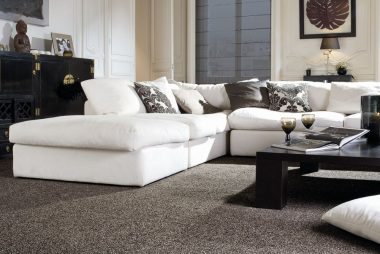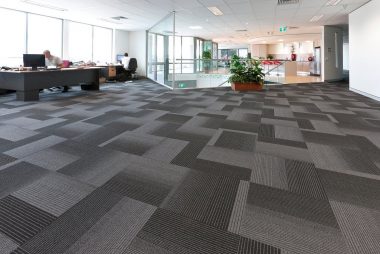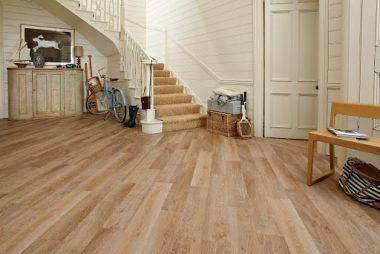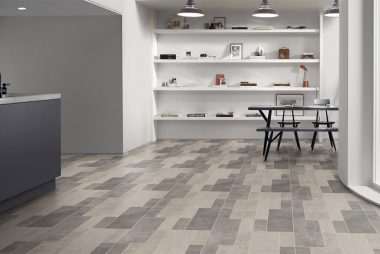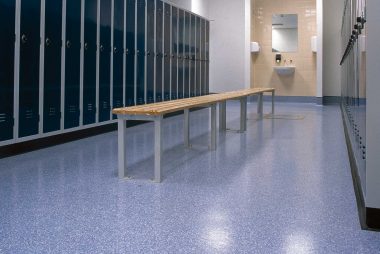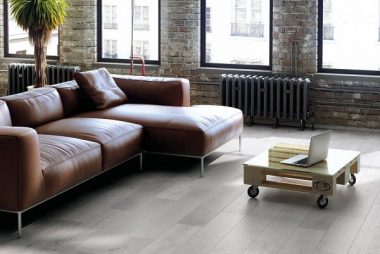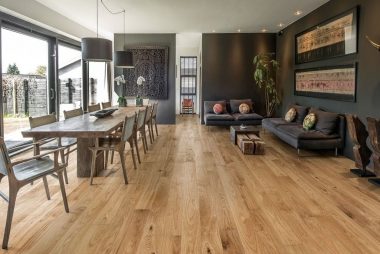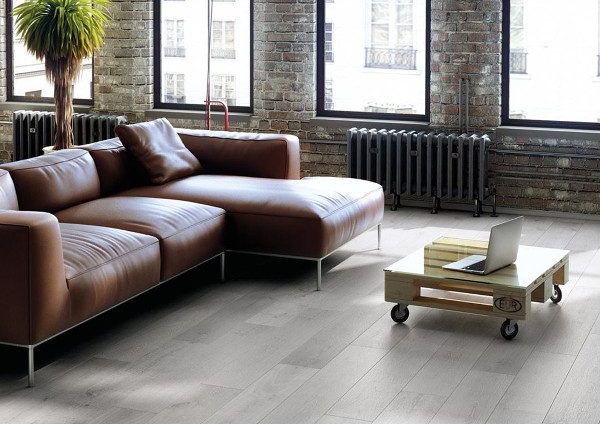
Laminate Flooring
Laminate flooring (also called floating wood tile in the United States) is a multi-layer synthetic flooring product fused with a lamination process. Laminate flooring simulates wood (or sometimes stone) with a photographic applique layer under a clear protective layer.
Because the planks are joined piece-to-piece and form a cumbersome single unit, it cannot slide around.
Laminate flooring has grown significantly in popularity, perhaps because it may be easier to install and maintain than more traditional surfaces such as hardwood flooring. It may also have the advantages of costing less and requiring less skill to install than alternative flooring materials. It is reasonably durable, hygienic (several brands contain an antimicrobial resin), and relatively easy to maintain.
Laminate floors are reasonably easy for a DIY homeowner to install. Laminate flooring is packaged as several tongue and groove planks, which can be clicked into one another. Sometimes a glue backing is provided for ease of installation.
Installed laminate floors typically “float” over the sub-floor on top of a foam/film underlayment, which provides moisture- and sound-reducing properties. A small (1–10 millimetres (0.039–0.394 in)) gap is required between the flooring and any immovable object such as walls; this allows the flooring to expand without being obstructed. Baseboards (skirting boards) can be removed and then reinstalled after laying of the flooring is complete for a neater finish, or the baseboard can be left in place with the flooring butted into it. Small beading trims such as shoe moulding or the larger quarter-round moulding can be fitted to the bottoms of the baseboards.
Saw cuts on the planks are usually required at edges and around cupboard and door entrances. Still, professional installers typically use door jamb undercut saws to cut out space to a height that allows the flooring to go under the door jamb & casing for a cleaner look.
Improper installation can result in peaking, in which adjacent boards form a V shape projecting from the floor, or gaps, in which two adjacent boards are separated from each other.

